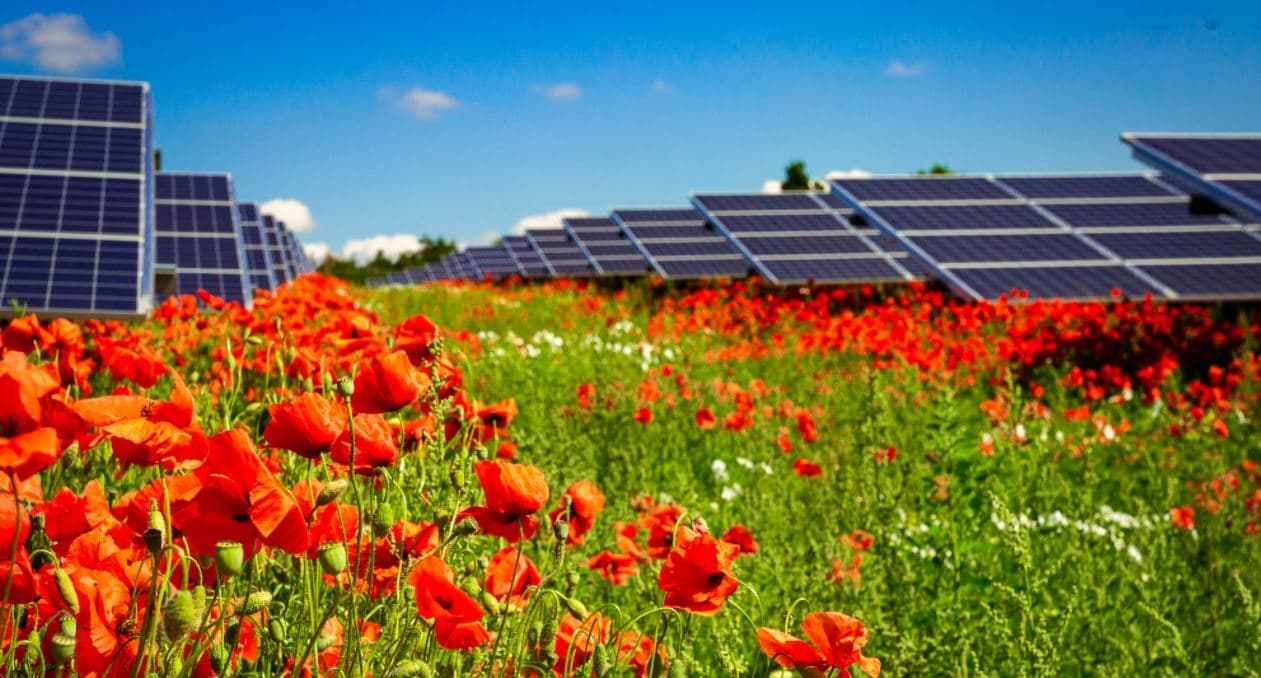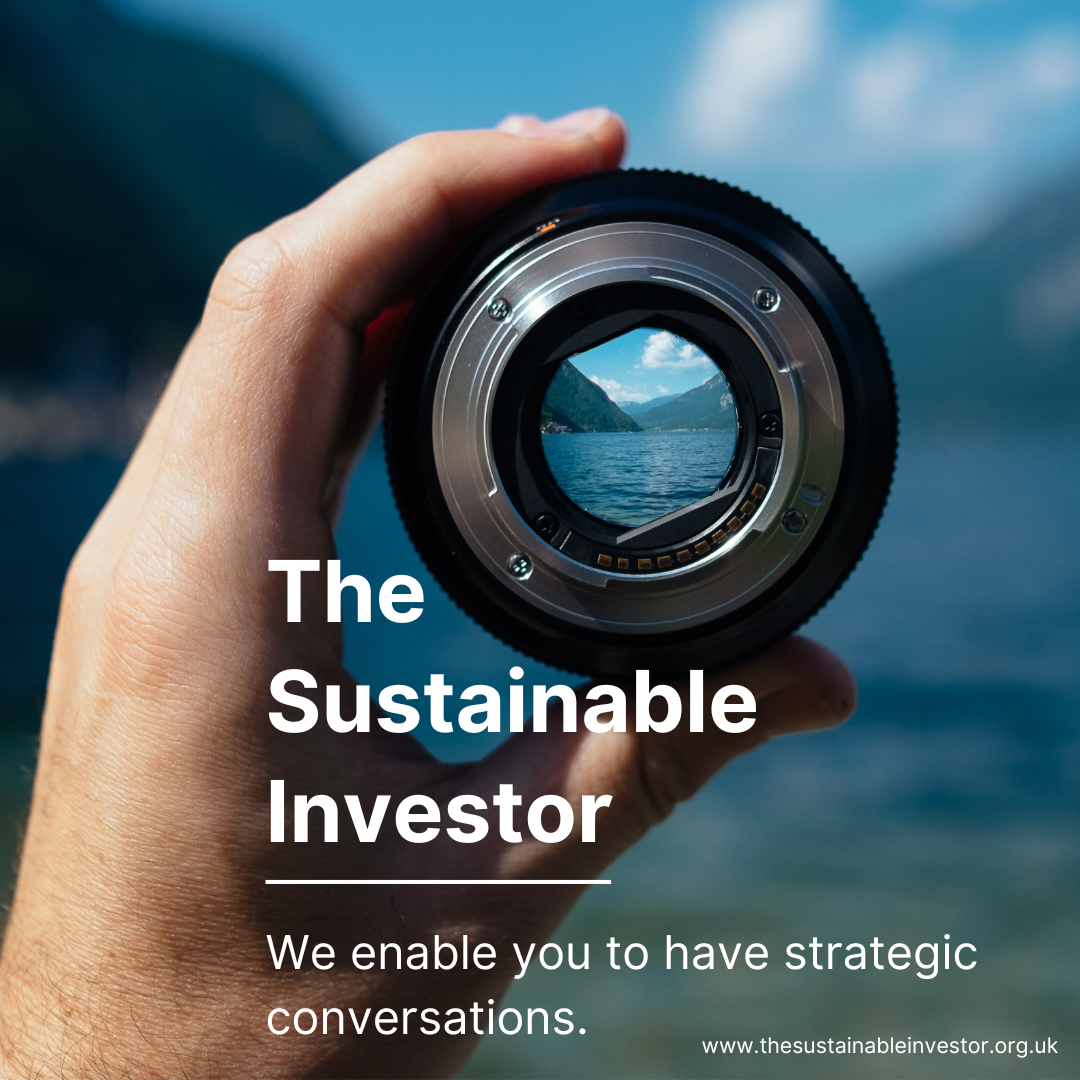
Bringing locals to local projects with crowdfunding
Allowing locals to share in the economics of renewable energy projects and other initiatives could overcome NIMBYism. With the right support from investors, these sorts of programmes could prove more effective than national rollouts.
Summary: IBC Solar has partnered with EUECO to develop a digital platform to encourage citizen participation in German solar parks and the generation of green energy.
Why this is important: Allowing locals to share in the economics of renewable energy projects and other initiatives could overcome NIMBYism. With the right support from investors, these sorts of programmes could prove more effective than national rollouts.
The big theme: Whilst climate change and associated impacts are a global problem, some solutions will have to be local to be effective. It’s that simple.

The details
Summary of a story from Renewable Energy Magazine:
IBC Solar has partnered with EUECO to develop a digital platform to encourage citizen participation in German solar parks and the generation of green energy. The first scheme, the Schnaid solar park in Hallerndorf in the district of Forchheim, will supply 7,000 MW hours of green electricity per year, with construction set to begin in 2023. The 6.5 MW peak capacity park will save 4,300 mt of CO2 emissions annually and could supply 2,000 three-person households for a whole year. Two further public participation schemes, near Bad Staffelstein, are being planned, with more to follow.
Let's take a look at why this is important...
Why this is important
NIMBYism (“Not In My Back Yard”) has often been a barrier to deployment of renewable projects such as wind or solar (although solar projects have typically faced far less opposition). Research from LSE found that UK residential property prices saw between a four and five percent reduction where sited within two kilometres of a wind farm, falling to zero beyond four kilometres. However it also pointed out the difficulties in perfectly isolating causality.
However, engaging locals in the economics of projects can overcome NIMBYism where locals can also share in the benefits of land price increases and subsidies. A German study found that about 18 percent of expected wind turbine profits are capitalised into land prices.
Ripple Energy is an example of a similar programme in the UK but with direct fractional ownership of a wind farm supplying energy into the grid and ultimately to the consumer’s home. Minimum investment is £25 up to a maximum of what would generate 120% of the individual consumer’s annual electricity consumption.
Local fractional ownership can extend beyond renewable energy projects. For example, when it appeared as though Halley’s Comet would return sooner than high speed broadband would be installed in my village a community interest company was formed to take matters into our own hands and install high speed broadband for the village, managed for the village. We discussed various other local solutions in our “Simple and Ancient” blog including building a network of local trusted tradesmen for insulation installations or boiler calibration etc.

Something a little more bespoke?
Get in touch if there is a particular topic you would like us to write on. Just for you.
Contact us
Please read: important legal stuff.


